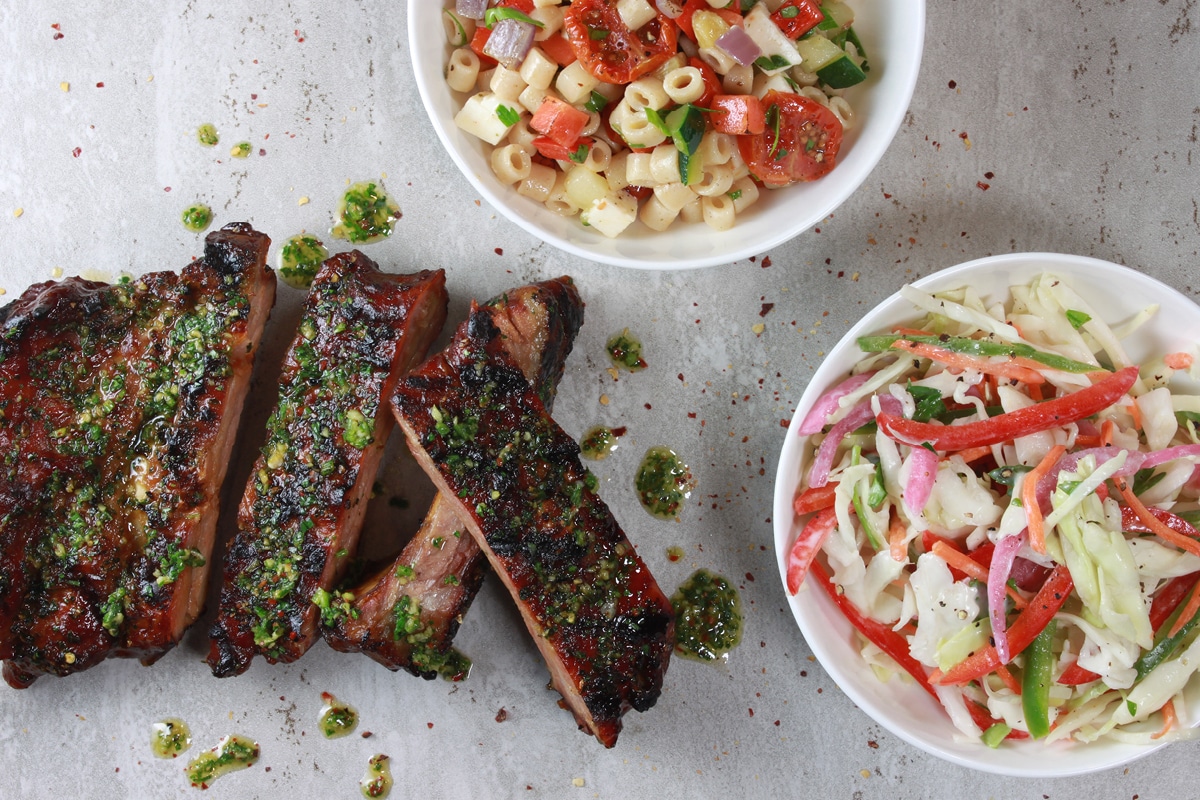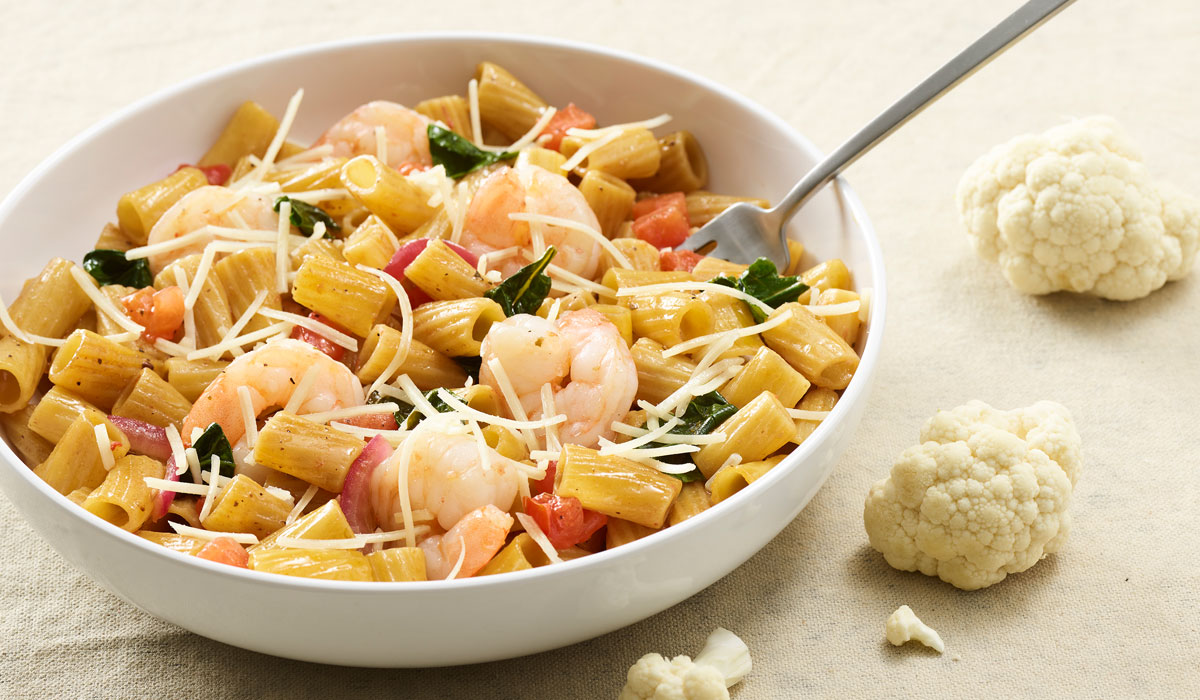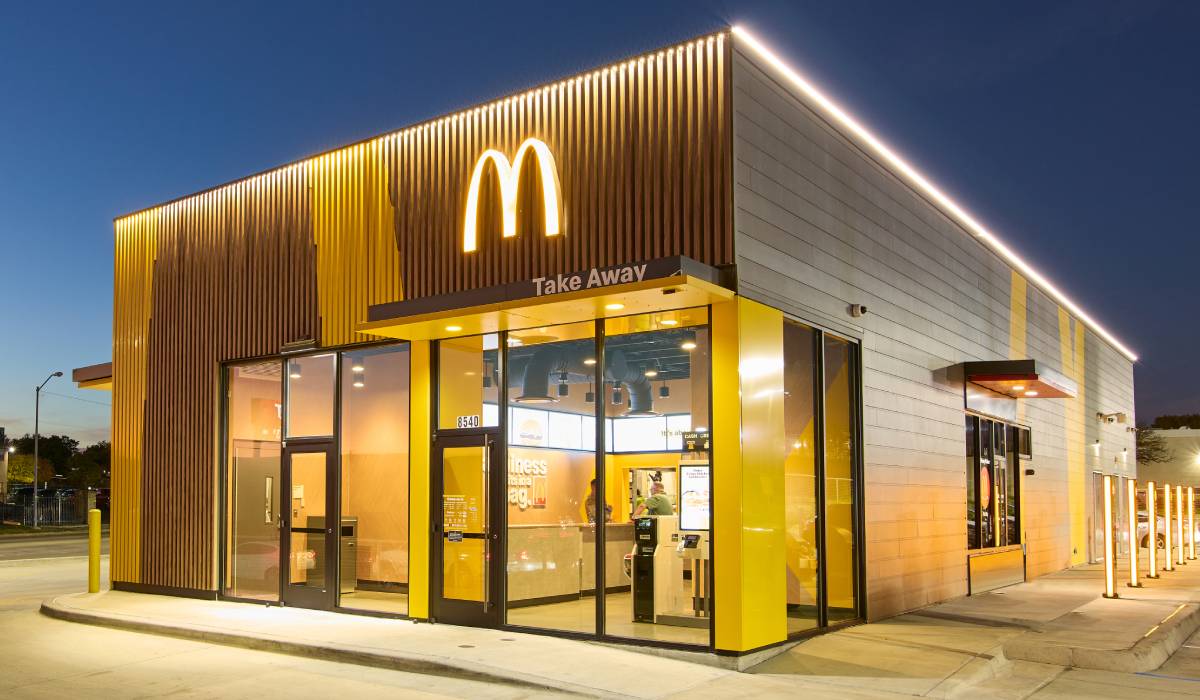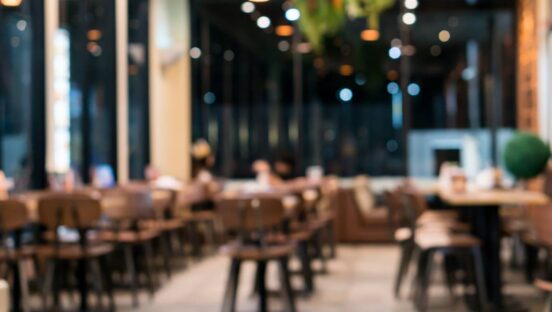Over a four-year stretch from January 2013 to January 2017, Noodles & Company added more than 200 restaurants as it climbed from 327 locations to 532. But by the first quarter of fiscal 2017, it started to head backward. The 1995-founded chain retracted 55 restaurants that quarter and trickled down to 458 by October 2019. This December, there were 454 stores—378 corporate run and 76 franchised.
During that span, however, Noodles & Company might have become smaller, but it’s also become more profitable. The chain swung a net loss of $37.5 million in 2017—a total that was roughly half of its 2016 loss. But largely thanks to Zoodles, in May 2018, the chain turned its same-store sales positive for the first time since Q1 of 2015 and has tracked in the right direction ever since.
Beyond the financial stability, management turnover improved from 41 percent to 27 percent in the previous two years. Total team member turnover is 31 percentage points better.
“When we look back [at] past times, where it was a success or a failure, and when you looked at the postmortem on where you could’ve done better, it’s often on the people front and our people metrics are some of the best in the industry right now,” CEO Dave Boennighausen said Thursday during a conference call.
In more recent times, especially this past COVID-19-clouded year, Noodles & Company dropped hints about getting back on the growth trail. For the first time on Thursday, Boennighausen tossed some targets out.
He said Noodles & Company plans to hit annual systemwide unit growth of at least 7 percent, beginning in 2022 and quickly reach 10 percent annually, “on a path to at least 1,500 units nationwide.”
Alongside that sizable figure, he believes Noodles & Company can get average-unit volumes to $1.45 million by 2024. That’s roughly what a Starbucks made in 2019. Noodles & Company’s AUVs clocked in at $1.15 million in Q4, down from $1.18 million this time last year.
Boennighausen highlighted three triggers fueling optimism. First is COVID response and what it suggests about the chain’s resiliency and ability to resonate with consumers (more on this later). The second is the people piece mentioned earlier and longer tenured employees. “Anybody that’s been in the restaurant space for a long time will tell you the most correlated thing with why a restaurant performs better than another is going to be tenured manager,” Boennighausen said.
The third is Noodles & Company’s improved economic model. Restaurants opened in the past two years have been the best-performing class in the fast casual’s history. They’re besting company averages in volume and restaurant-level margins.
In Q4, despite the pandemic’s drag, these nine stores generated the annualized volumes cash flow needed to support Noodles & Company’s goal of at least 30 percent cash-on-cash return.
One thing most of them share in common is an order-ahead pickup window (similar to Chipotle’s Chipotlanes). They also operate in a lower-square footage footprint with more efficient seating layouts. “It has been such a hit with our guests, such an easy execution for our teams. It gives our guests just a new way to access the brands,” Boennighausen said.
Climbing to $1.45 million will likely fall on the shoulders of two COVID-ignited realities. One is activating the brand through digital capabilities. The other is improved marketing effectiveness.
This past quarter, digital sales soared 128 percent, year-over-year, and accounted for 62 percent of Noodles & Company’s business. Even as dining-room restrictions loosened in many markets—over 90 percent of restaurants now offer on-premises service systemwide—digital sales contributed roughly 65 percent of the brand’s total sales year-to-date. In Q4, dining rooms were only partially open for dine-in service. But that’s come up to the 90 percent figure in recent weeks.
Speaking to those combined-service units, which provide a closer glimpse to life after COVID, restaurants with an above average mix of sales coming from dine-in are performing between 4–6 percent better in same-store sales year-to date versus those with a lower-than-average dine-in mix.
“This gives us further confidence that a meaningful portion of dining guests are going to be incremental sales, and importantly, that much of the digital sales growth we’ve seen will prove to be long-standing,” Boennighausen said.

Noodles & Company rolled several digital initiatives in recent months, from group ordering to a better curbside experience. Its rewards program also lifted to 3.6 million members.
Which brings up the marketing angle. While still early innings in terms of using data for more personalized, targeted engagement, Boennighausen said Noodles & Company saw an 18 percent improvement in the cost per acquisition for its marketing spend. Plus, a “significant improvement” in email open rates and overall social media engagement.
“We are excited at the opportunity to further harvest these insights and compromise our marketing spend on a path to $1.4 million AUVs,” he said.
And this begins to spill into the growth element. Delivery drove 35.5 percent of Noodles & Company’s sales in Q4. Yes, it pressured the P&L. Delivery fee cost was 5.7 percent of sales, an increase of 370 basis points versus the prior year.
Noodles & Company took an additional 5 percent price premium to third-party delivery orders in early December to offset the leverage. It also adjusted its labor model to account for a reduction in orders coming inside restaurants. Additionally, the brand doesn’t incorporate a price premium for orders that flow through its own digital properties, and it continues to optimize channels in an effort to stick customers long-term once they find their way through the white-label door.
But delivery costs are worth it to Noodles & Company, Boennighausen said. Mainly, because it’s provided upside and opportunity when it comes to introducing the brand (and its recent menu innovations, like Cauliflower Gnocchi) to new customers in markets where it might not have enjoyed as much brand awareness.
Boennighausen spoke previously about the success Noodles & Company had in Northern California and Arizona as it relates to delivery. Yet if you step back, the picture is clearer. During Q4, restaurants with delivery sales greater than 30 percent performed a full 18 percent better in comparable sales than those below the mark, “giving us further confidence in the accretive nature of delivery.”
Overall, Noodles & Company’s renewed ability to use technology to activate awareness in new trade areas and less saturated markets, gives it added confidence to boost unit count.
The brand recently unveiled a multi-unit franchise growth initiative to increase its presence in the Southern and Southwestern markets. The planned expansion targets Alabama, Florida, Georgia, New Mexico, South Carolina, and Texas.
Boennighausen admitted it likely Noodles & Company’s near-term rise will be corporate heavy rather than franchised. The latter will accelerate over time as the pipeline builds.
Initially, expect Noodles & Company to mostly focus on infilling existing markets, as well as some new entries into on-trend areas like Arizona.
The franchise initiative will be supported by an upcoming ghost kitchen test, Boennighausen said.
Noodles & Company anticipates opening two corporate ghost kitchens in Q2 of 2021. One will be housed in a dense residential area of Chicago. The second in San Jose, which allows the chain to introduce itself to a fresh market in a low cost and efficient manner, Boennighausen said.
“Which will, potentially, also be particularly attractive for new franchisees,” he added.
Noodles & Company’s same-store sales declined 4.7 percent systemwide in Q4, including 4.2 percent at company-run venues and 7.9 percent for franchises. In January, the company saw sequential improvement. Comps were down just 1 percent in January, which also represented a positive two-year stack of 2.4 percent.
The brand expects Q1 comps to range in the mid- to high-single digits as it begins to lap the initial impact of COVID.
Total revenue decreased 5.9 percent in Q4 to $107.2 million from $113.9 million. Net loss was $3.8 million. For all of 2020, total revenue fell 14.9 percent to $393.7 million from $462.4 million and net loss was $23.3 million. Four new company-owned restaurants opened this past year.
Behind the curtain, Noodles & Company continues to refine its model ahead of growth. In the past two years, it’s achieved about seven hours of labor savings per restaurant, per day, from new systems, including five alone in 2020. This past year, it reduced front-of-house teams, optimized food prep assembly, and dynamically modified schedules based on real-time forecasts.
In Q4, the five-hour labor reduction represented a 200 basis-point improvement to its overall labor as a percentage of sales. Noodles & Company plans to roll out steamers across the system in 2021. It began testing the equipment in 2020 and saw a reduction of cook times and improvement in overall labor hours.
The first national rollout phase begins next week and should finish by year’s end. Based on tests, Noodles & Company CFO Carl Lukach an additional two hours of labor to come out.
The brand expects to open 10–15 restaurants, including eight to 11 corporate venues, before kicking into another development gear.









